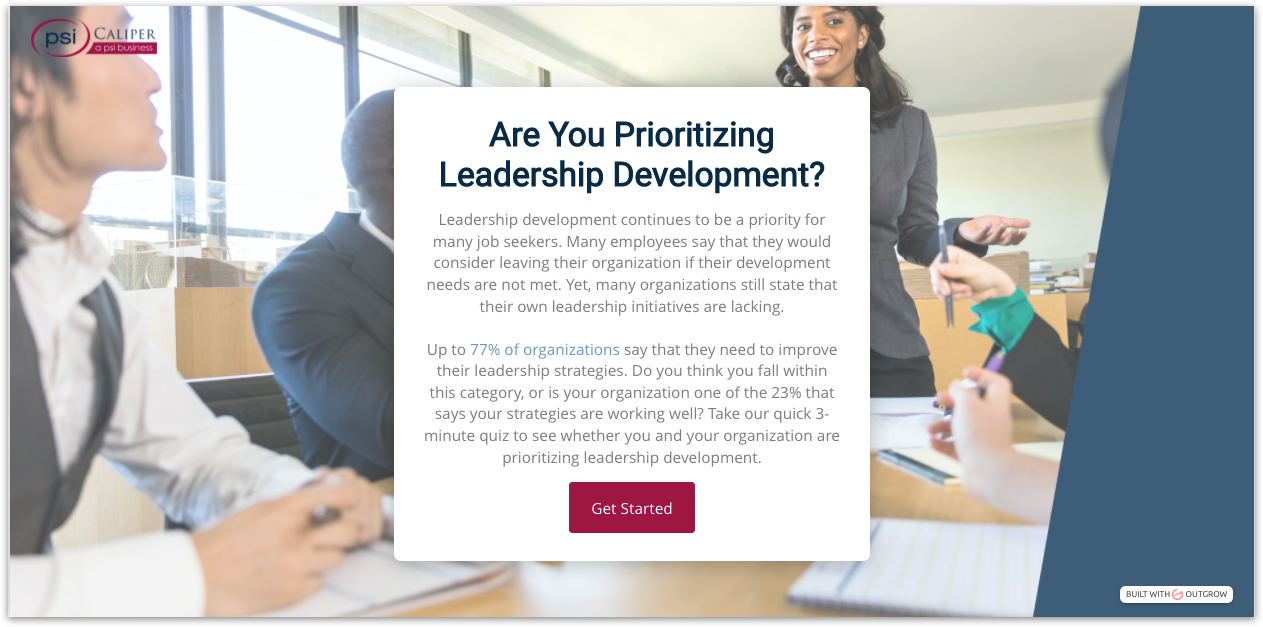In movies, we often see characters take part in a major quest: Indiana Jones was trying to locate the Lost Ark, Frodo Baggins was trying to make it to Mount Doom, and Harry Potter was looking for the Seven Horcruxes. While HR quests might not be to that epic scale, their goals are critical to the success of their organizations – and it can feel epically challenging to reach the desired end results.
But it doesn’t have to be that way.
Human Resource Executive Online recently posted an article by Jill Cueni-Cohen titled “Going World-Class (for Less).” In this piece, Ms. Cueni-Cohen discusses research that was recently released by The Hackett Group which identifies major differentiators among HR organizations. One key component is that world-class businesses tend to effectively incorporate and utilize technology in their processes.
According to The Hackett Group’s Global HR Solutions Practice Leader, Harry Osle, there are four main characteristics that differentiate world-class organizations from the rest: operational excellence, strategic talent-management capabilities, alignment to business needs, and the capacity to deliver analytic-driven insights that enhance performance.
People analytics tools, like Caliper Analytics™, can help your business reach these four critical benchmarks of world-class HR success.
- Operational Excellence: Today’s business leaders demand timely and effective answers to core and strategic workforce questions. Workforce analytics tools can help stakeholders answer critical questions from hiring through to development and workforce planning. Once you can visualize your company’s data, you can begin to see the story behind the numbers, possibly discovering insights that can lead to the maximization of talent across your organization.
- Strategic Talent-Management Capabilities: A company’s most critical assets are its people. A workforce analytics tool promotes the active management of your people and enables you to collaborate and share talent analytics with others. These types of future-focused systems support talent planning and alignment with corporate strategies.
- Alignment to Business Needs: The world of work is changing faster than ever, and organizations need a tool that can change with them. If your requirements shift, you need a system that will enable you to quickly and easily ensure that your competencies are up to date and aligned with your business environment.
- Capacity to Deliver Analytic-Driven Insights That Enhance Performance: More than ever, companies need to be able to leverage and compare data to make insight-driven hiring and talent management decisions that will maximize performance. Using data to align candidates or employees with your changing requirements is crucial to ensuring that people succeed in their roles.

